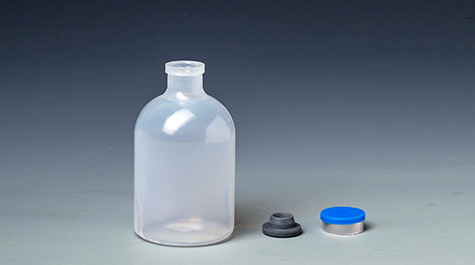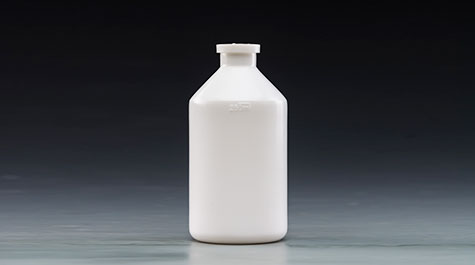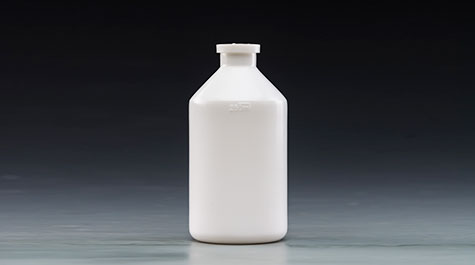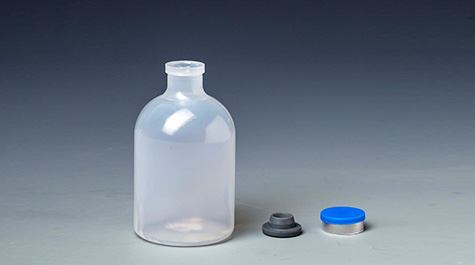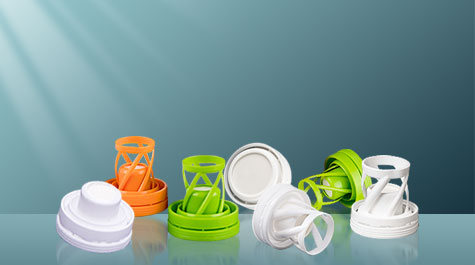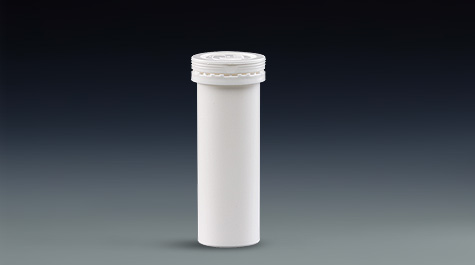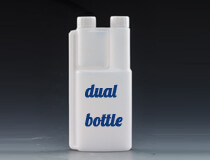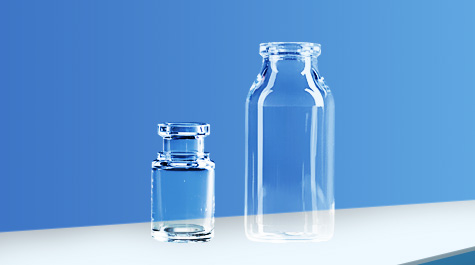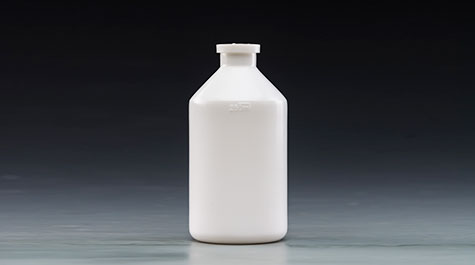Plastic vaccine vials are containers for inactivated animal vaccines, and sterility is the basic requirement for packaging. Among the sterilization methods, autoclavable sterilization is a commonly used sterilization method for this type of packaging.
High temperature and high pressure sterilization can not only kill general bacteria, fungi and other microorganisms, but also kill spores and spores. It is a relatively reliable and widely used physical sterilization method. It is mainly used for the sterilization of high temperature resistant items, such as culture medium, metal equipment, glass, enamel, dressing, rubber and some drugs. When sterilizing, put the plastic vaccine bottle to be sterilized in the pressure cooker, the steam does not overflow when heating, and the temperature in the pressure cooker increases with the increase of steam pressure. Under the steam pressure of 103.4kPa (1.05kg/cm2), the temperature can reach 121.3℃ and maintain for 15~30 minutes, which can achieve the purpose of sterilization.
Common types of high pressure steam sterilizers include lower exhaust pressure steam sterilizers and pulse vacuum pressure steam sterilizers. The difference between the two is mainly reflected in the sterilization temperature, pressure and time, and the sterilization effect There is not much difference.
The common materials of plastic vaccine bottles include polyethylene and polypropylene. The bottles that are sterilized by high temperature and high pressure are generally polypropylene. Because compared with polyethylene, this material has good high temperature resistance. Features, can meet the temperature requirements of this sterilization method.
